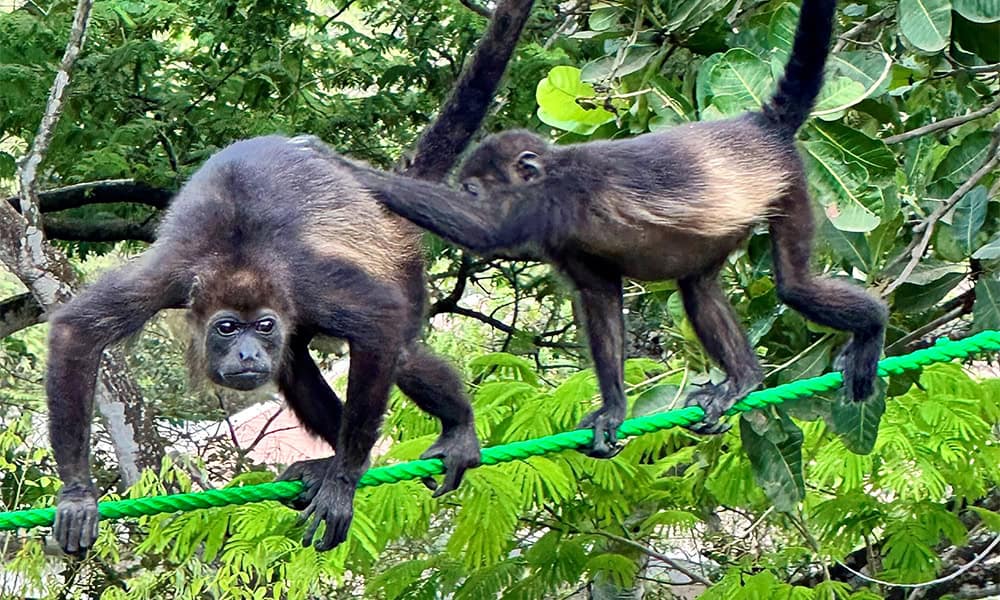Costa Rica’s forests, coasts, and mountains shelter an astonishing array of wildlife, from howler monkeys to sloths and scarlet macaws. This biodiversity, which accounts for roughly 5% of the world’s species, has long been a point of national pride. But a growing threat—electrocution on power lines—is killing animals at an alarming rate, and the “Esto No Es Pura Vida” campaign is sounding the alarm.
Arboreal animals, forced to navigate fragmented habitats due to unchecked development, often turn to power lines as pathways. The result is grim: an estimated 1,400 animals die annually from electrocution, including monkeys, sloths, and squirrels. These incidents are not only tragic but preventable, yet enforcement of existing laws remains spotty.
The Costa Rican government has taken steps to address the issue. Last year, a decree was introduced, requiring electric companies to identify high-risk areas, install wildlife-safe infrastructure like overhead crossings, and collaborate with rescue centers to treat injured animals. The decree also mandates a monitoring system to track incidents and prioritize fragile ecosystems. In Santa Fe de Cóbano, Guanacaste, there was recently installed a 13.5-meter nylon rope crossing after a citizen reported a hazardous power line.
Despite these measures, critics argue the government’s actions fall short. Costa Rica markets itself as a global leader in sustainability, but lax enforcement and rapid development raise questions about its commitment. Environmental lawyer Álvaro Sagot has criticized the National Environmental Technical Secretariat (SETENA) for approving projects like the Vistas de Samara real estate development in just 12 days, potentially harming wetlands and wildlife habitats.
Enter “Esto No Es Pura Vida,” a nationwide campaign launched by rescue centers, sanctuaries, and conservation groups. The initiative, the first of its kind in Costa Rica, calls for stronger enforcement of environmental laws and better infrastructure to protect wildlife. Through public education, data collection, and community outreach, the campaign aims to reduce electrocutions and hold institutions accountable.
The campaign targets the Ministry of Environment and Energy (MINAE), the National System of Conservation Areas (SINAC), SETENA, and electric companies like ICE and COOPEGUANACASTE. A working group, the “Sustainable Electrification” team, has been formed to coordinate solutions, but progress is slow.
Rescue centers and sanctuaries are also stepping up, including those collaborating with the Tempisque Conservation Area, who treat electrocuted animals, often at their own expense. The ‘Esto No Es Pura Vida’ campaign pushes for electric companies to share these costs, as mandated by Decree 44329-MINAE, to support rehabilitation efforts.
The “Esto No Es Pura Vida” campaign is a call to action—not just for officials but for anyone who values Costa Rica’s wildlife. You can join the movement by signing the petition at www.estonoespuravida.org/peticion. Every signature pushes for accountability, safer infrastructure, and a future where Costa Rica’s animals can thrive.

